1) Re-framing US history as settler colonialism
|
Hi folks! The aim of this section is to pull together a range of resources related to re-framing and decolonising the history of the USA in the 19th century. Some of this is my own work via the Schools History Project and some is linking to the work of others. I hope this helps you in your quest to do justice to the stories of the people who for too long have been ignored in the study of this period.
1) Re-framing US history as settler colonialism
0 Comments
The aim of this section is to give you a selection of books and films to read/watch in preparation for teaching or studying C19th USA. Click the images to go to a product page. Do get in touch if you have any other recommendations. More beyond the break TV and Film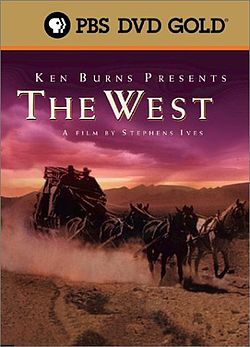 A documentary which details American expansion from 1789-1900. Well put together with some excellent interviews and really tight focus on personal stories. The settler-colonial aspect gets less attention than it might do but still a helpful source. This SHP online discussion covers the teaching of the conflicts on the Northern Plains which occurred during the mid C19th. It also deals more broadly with how we teach about Indigenous peoples in US history and touches on a wide range of issues to be aware of. Watch here: https://www.youtube.com/watch?v=5vX49IClrLs A helpful documentary looking at the Oceti Sakowin (Lakota and Dakota peoples)
Book selection
I am putting together a series of links to CPD for teachers who are new to teaching 19th century US history, or who would like to update their knowlegde. I hope you find these useful. For more CPD suggestions, you might wish to see my blog on preparatory reading and watching HERE. Framing 19th Century US History One of the most important decisions to make when teaching 19th century US history is how you want to frame it. Traditional framings tend to ignore or downplay the presence of Native Americans. You might like to explore a couple of Twitter threads I've written on framing.
If you have a bit more time, then I have a longer CPD session in video form. In this video I explore different ways US history has been framed by historians and textbooks and why we really need to re-think. This was originally done as a series for A Level / GCSE students but is equally applicable for teachers. Teaching Plains Conflict In this SHP Understanding session historians tackle the issue of how we teach about conflict between Native Americans and US colonists during the 1860s and 1870s. Lots of useful bits here to bring you up to date with recent historiography. Watch here: https://www.youtube.com/watch?v=5vX49IClrLs&t=10s Stories which Show Indigenous Continuity In this video I explore three stories which show how Indigenous peoples resisted and survived US expansion and attempted genocide. These stories cover the period 1868-1940. This is important as many books tend to stop in 1890 with the assumption that Native Americans ceased to exist. Many of these stories would work really well in teaching GCSE American West and continued Native presence. Watch here: https://www.youtube.com/watch?v=oalxtdf4C8Q Contemporary Issues for Native Americans and their Historical Roots
This video explores the contemporary issue of missing and murdered Indigenous women and traces the historical roots of the issue. This really helps with framing the importance of studying C19th US history. Watch here: https://youtu.be/B2t6ksWuhoM 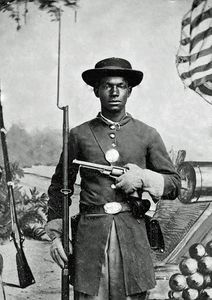 This is a link to a range of resources for teaching C19th America across various specifications and boards for GCSE. I would love to hear your thoughts and comments, or suggestions for modifications. Equally, if you would like to share something with the GCSE C19th America community here, please do get in touch and I will add it to the repository. CPD (LINK) Various workshops and sessions I have run on the subject of teaching the period study. American Expansion: 1789-1838 (LINK) A range of resources relevant to the expansion of the USA after 1789 and the growth and development of slavery. The American West 1839-60 (LINK) This section covers white expansion into the West, as well as the Indian cultures who lived on the Plains. You will also find Mormons and homesteaders in this section. Civil War and Reconstruction 1861-77 (LINK) As it says on the tin with this one. Material related to the outbreak of war, its course and the attempts to reconstruct America afterwards. Conflict on the Plains 1861-77 (LINK) This section focuses primarily on the period known as the "Indian Wars" and mirrors the developments in the East, above. American Identities 1877-1900 (LINK) This section looks at attempts to create a unified American culture; the growth of big business; and the impact of immigration. It also looks at continued limits to the liberty of black Americans. Overview and Revision (LINK) Some items which might be useful for creating a sense of period overview throughout, or for using at the end of teaching. As we approach exam season, I thought I'd take a few moments to upload some revision materials for Year 11s who have studied the OCR GCSE Making of America course. These are also adaptable to other boards.
You can find all the resources HERE or via the teaching resources link on the right. Feedback and tweaks always welcome @apf102. PPT: OCR Making of America Revision Challenging In this session (2-3 hours) I have endeavoured to help students consolidate their knowledge and apply it to the big story which underpins both the 9 and 18 mark questions. I have also tried to help them reduce the number of key events to just 16, so that they can link all other events through these 16. The assumption is that students have some basic starting knowledge. A brief summary of how I have used this presentation is given below:
PPT: OCR Making of America Revision Timeline This is just a more basic version of the activity above with more teacher led instruction. This is useful if you think students have a weaker grasp of the knowledge.
PPT: OCR Making of America Revision Questions This is just a selection of approaches to answering questions. 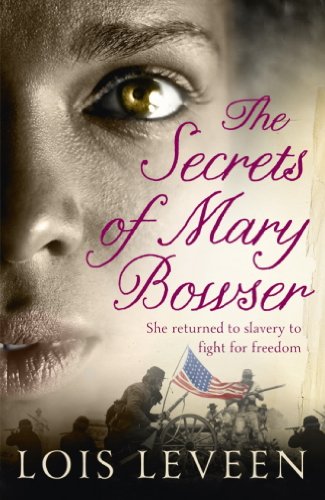 Today Gill Ford offers a review of Lois Leeven's "The Secrets of Mary Bowser". The story is based on the real life exploits of Mary Bowser, a slave and Union spy during the Civil War. An excellent book to give a bit of period context for more advanced students and teachers alike. You can find more on the real Mary Bowser HERE. If you would like to write us a review, please send it to the contact form on this site. Reviews need to be no more than 500 word. Title: The Secrets of Mary Bowser Author: Lois Leveen This book is set in America between 1844 to 1865 and is based on the real -life story of Mary Bowser. Mary and her mother are slaves in the household of the Van Lew family in Richmond, Virginia. Mary is a bright girl with a photographic memory who loves books and reading, something forbidden to slaves, but Elizabeth Van Lew (Bet), the daughter of the household takes an interest in Mary and encourages her by lending books from her father’s library. Bet Van Lew is against slavery and later gives Mary her freedom and escorts Mary to Philadelphia in the North, where she pays for her to be educated. Despite the freedoms given to Mary in Philadelphia she still encounters prejudice and realises that although she has been given her liberty, it is not quite what she imagined it to be. During her time in Philadelphia she befriends Hattie whose father is an undertaker and becomes involved with the underground railroad in which coffins are used to help slaves escape to free states. As the Civil War looms, Mary takes the decision to return to Virginia and return to slavery so that she can pose as an illiterate slave and spy for the Union. She secures a role in the house of Confederate President Jefferson Davis and takes many risks to pass on information to the North. Although there is suspicion that there is a spy in the household, Mary continues to get away with it, because she is deemed to be an illiterate and ignorant slave. This is a well written and enjoyable piece of historical fiction. It gives a real insight into the lives of slaves and what is happening with regard to slavery and abolition before and during the time of the American Civil War. Despite there being very little written information about Mary, the author manages to bring her character and the lives of the people she is involved with to life. My knowledge of the American Civil War is limited but it certainly made me want to find out more and to look up information about historical events and the people in the story. Mary’s life is intertwined with that of her former owner Elizabeth Van Lew who as an abolitionist operated an extensive spy ring on behalf of the Union. Although she is involved with Mary throughout the whole book, the emphasis is more on Mary’s story as a slave living in mid 19th century America. You Really Should Teach...Martha Hodges & the Post-Civil War Experience of Black Americans3/24/2017 This is another blog inspired by Ben Newmark and Mike Stuchbery's #youreallyshouldteach hashtag. Each of these blogs is aimed at giving personal stories which shine a spotlight onto larger issues for teachers delivering the C19th America / American West courses. Today's story explores the impact of Civil War and Reconstruction on Martha Hodges, an ex-slave. It is useful to explore the changing attitudes of the government, as well as wider social attitudes towards women. You can find all of these stories in the "NEW UNIT" resources on the right hand side of the page. Martha Hodges: The Indomitable Spirit
Harrison Hodges and Martha Agnew were both born into slavery in Mississippi. They married just before the outbreak of war in February 1861. The record of their marriage was handed to the plantation owner, but was lost during the chaos of the war, maybe burned by Sherman’s marching troops. Their only child was born in 1862 and died barely six months later. We will never know why, though it was a common occurrence for slave children, half of whom died before their first birthday. Martha was heartbroken. She would never have the chance to have another baby with her husband. The Price of Freedom In 1863, Harrison and Martha were liberated by the Union army. Harrison joined the 11th Regiment USCT and became part of the battle to defeat the Confederacy. Like many black soldiers, he found himself only partly accepted by the white officers who took over his command. Life as a soldier was tough for Harrison, and most likely difficult for Martha who was left back at home. During this period of the war, Union troops were freeing slaves from southern plantations, but many were soon brought back to work in similar conditions for the military – free, but only just. Their work, picking cotton, keeping the economy running, allowed the Union to keep funding the war effort as much as having soldiers to fight. 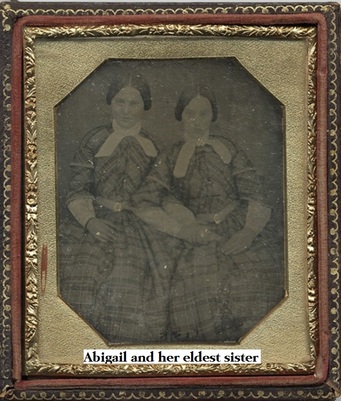
Ever wondered what it was like to cross the Great American Desert? Ever wanted to know the experiences and hardships faced by pioneering families?
During the Summer of 2012 I live tweeted the experiences of one emigrant family, from the diary of future women's rights activist, 17 year old Abigail Jane Scott, as they would have happened 160 years ago in 1852. Don't worry if you missed it because all the details are still here. You can now access Abigail's full diary mapped onto the journey route here: https://goo.gl/Eg2Gkx I have also included a downloadable Google Maps version at the bottom of the page too. This is a short series of blogs inspired by Ben Newmark and Mike Stuchbery's #youreallyshouldteach hashtag. Each blog will be an story which might help teachers delivering the C19th America / American West courses. Each story aims to offer a novel window onto a key topic - in this case the Indian Wars and Indian policy of the 1870s. This would make an excellent comparison to the more well-known stories of Red Cloud's War or Sitting Bull and the Little Bighorn. You can find downloadable versions of these resources over on the C19th America blog HERE. If you want to find out more about Chief Joseph, I can highly recommend Elliot West's excellent book: The Last Indian War, or Ken Burns' documentary: The West. 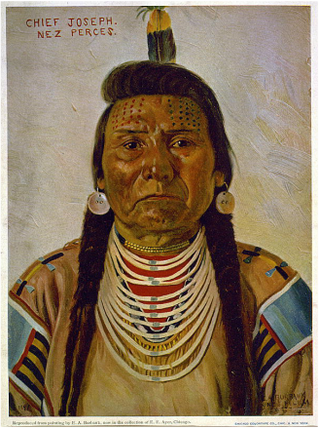 Chief Joseph / E.A. Burbank, 1897. Retrieved from the Library of Congress, https://www.loc.gov/item/97515744/. Chief Joseph / E.A. Burbank, 1897. Retrieved from the Library of Congress, https://www.loc.gov/item/97515744/. Chief Joseph: Fight No More Forever It was late Spring when Chief Joseph looked back over his beloved Wallowa Valley for the last time. The new, green leaves promised a beautiful summer to come. In the past they would have reminded Joseph of the hunting season on the Plains. This time, he saw them differently; fragile and temporary, soon to fall in the stiff Autumn breezes. They reminded him that nothing, not even his own homeland could last forever, and that soon his own people would fall like the leaves in the gale of white settlement. Land and exploitation The Nez Perce had historically had good relations with white explorers and settlers, but decades of settlement since the 1840s had strained the relationship as whites came in search of the American Dream. Tensions rose further still when gold was discovered in the 1860s. In 1863, the government demanded the Nez Perce sign a new treaty, giving away 90% of their lands, including the Wallowa valley. The Nez Perce were divided over the treaty and many refused to move to the reservation. When Joseph became the chief of the Wallowa Nez Perce in 1871, he also refused to give up his ancestors’ vision of a free-ranging life. But this lifestyle was increasingly leading to conflict with white settlers who feared the presence of the Nez Perce, or wanted access to the gold fields. In 1877 Joseph was called to a meeting with the US Army General, Oliver Otis Howard. Howard had already written to his superiors to say “I think it is a great mistake to take from Joseph and his band of Nez Perce Indians that valley...and possibly [should] let these really peaceable Indians have this poor valley for their own.” The government were not convinced. Joseph in turn repeated his stock response, that the land was the home of his people and not his to sell. Howard could almost see the writing on the wall when he came to the meeting with Joseph, but Joseph would not sell the land. An unwanted conflict Just a quick note to say that I have uploaded 2 new resources to support teachers who are teaching the OCR GCSE Making of America 1789-1900 unit.
The first document is a summary of the whole narrative, broken into 5x 2 page chunks. The idea would be to give one summary to the students at the beginning of each of the 5 units and for them to learn it inside out. That way they can pin their developing knowledge to this core narrative. The second document is an overview task which would work for any of the C19th America GCSEs. Here pupils are asked to pitch and storyboard a film which best tells the story of the making of America. This would be a good revision exercise. I have added both of these to the overall index HERE and you can find all files in via the Teaching Resources link at the top of the blog bar (to the right). |
Teaching Resources
Archives
April 2023
Categories
All
|

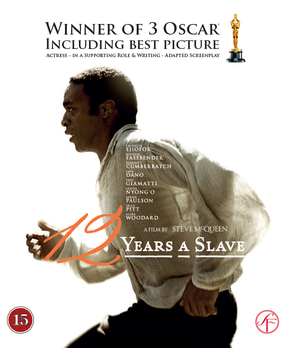
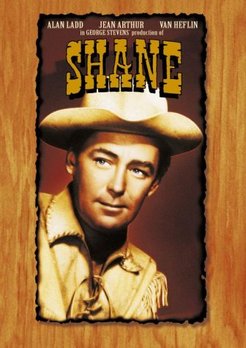

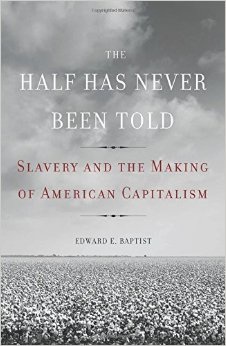
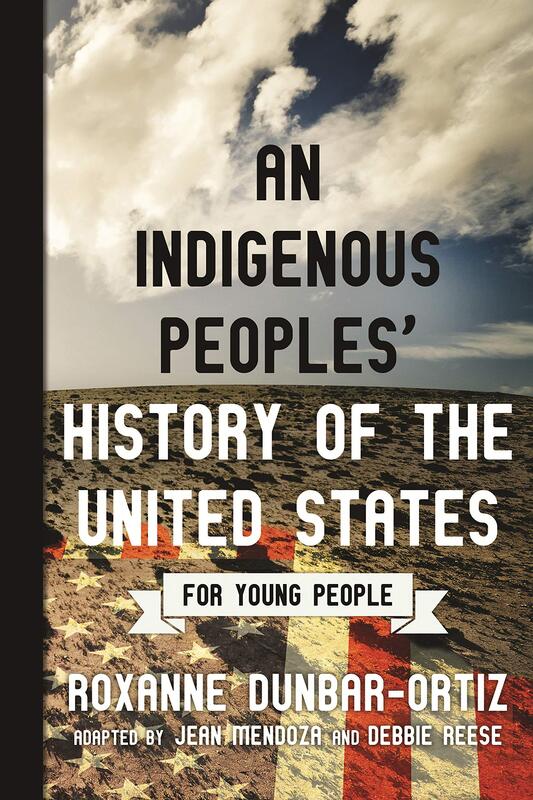
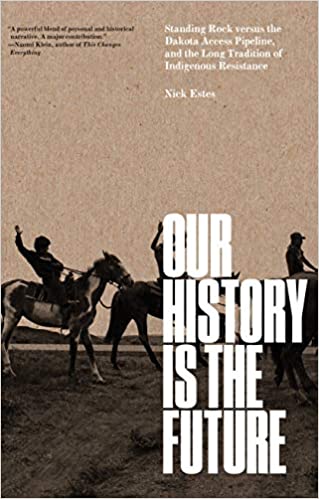
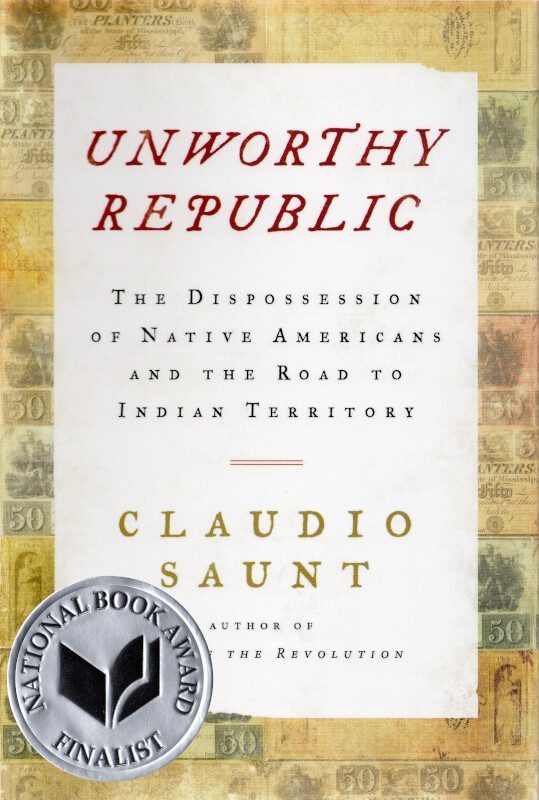
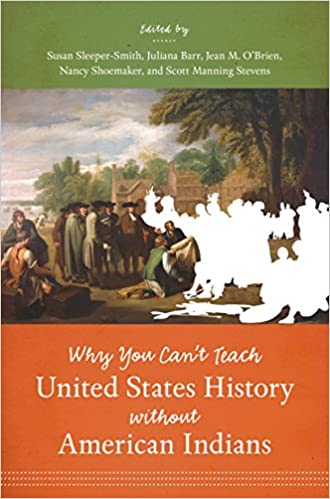
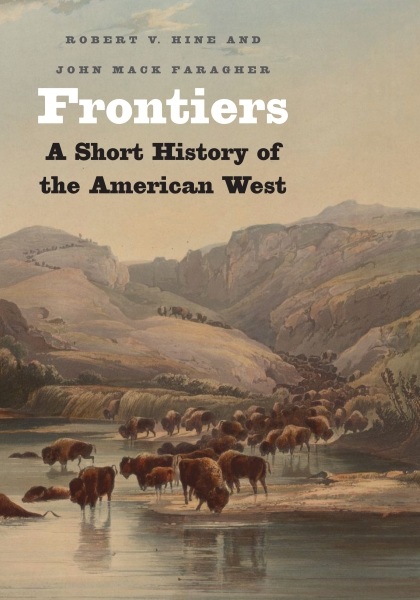
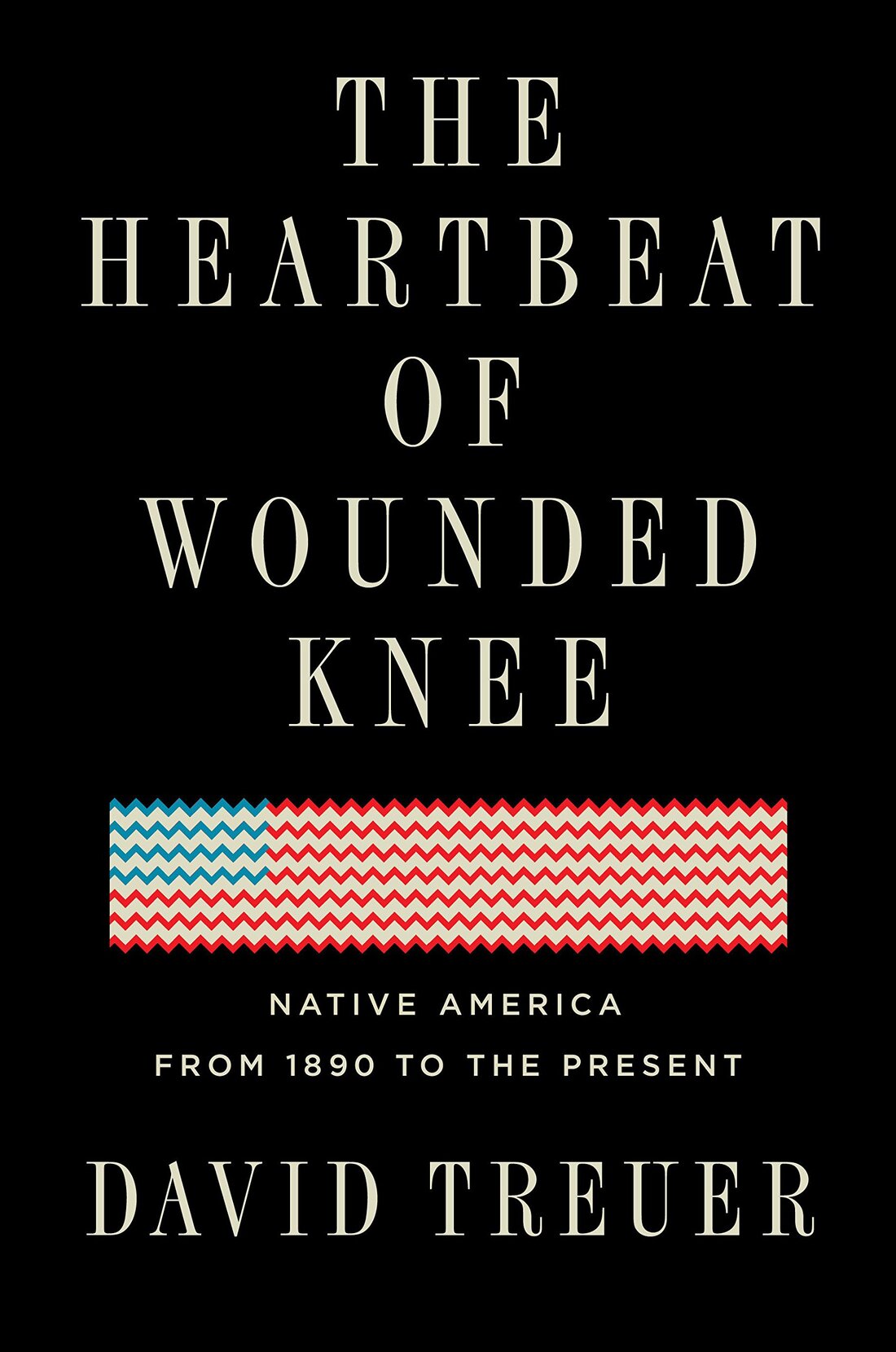
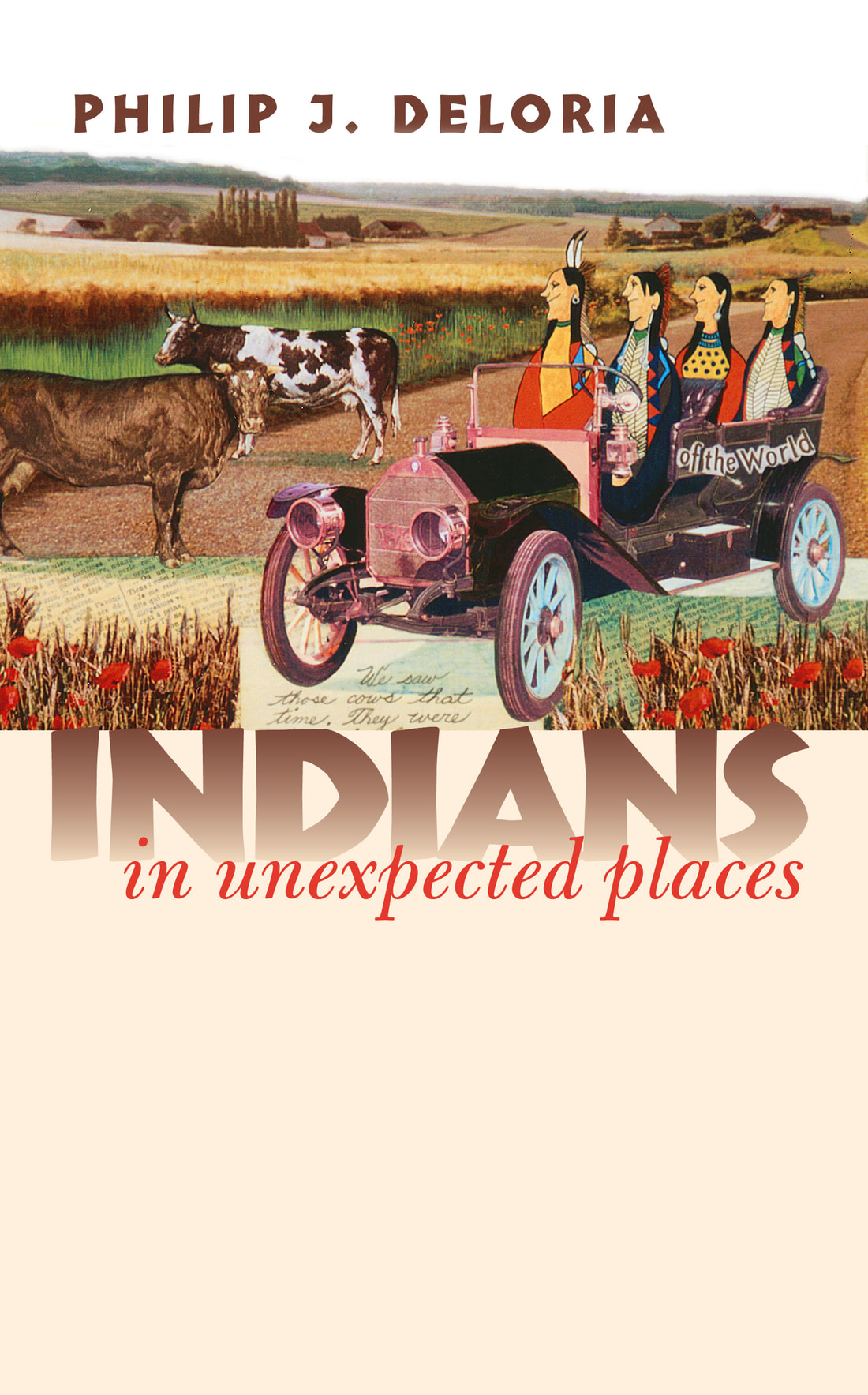
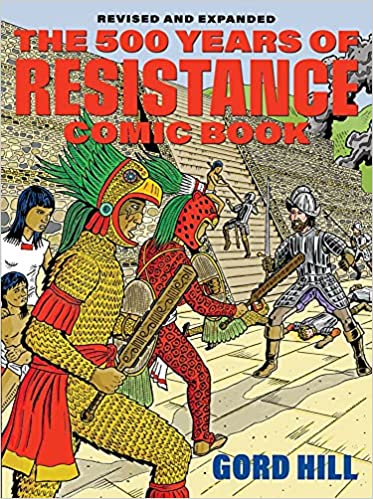
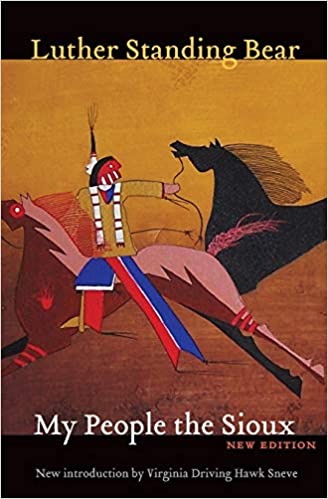
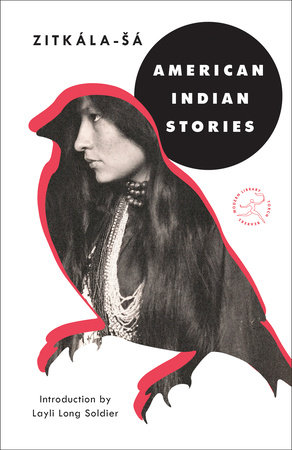
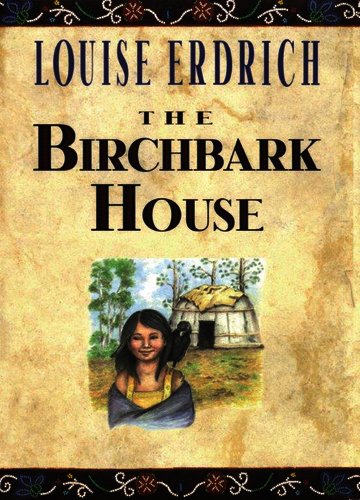
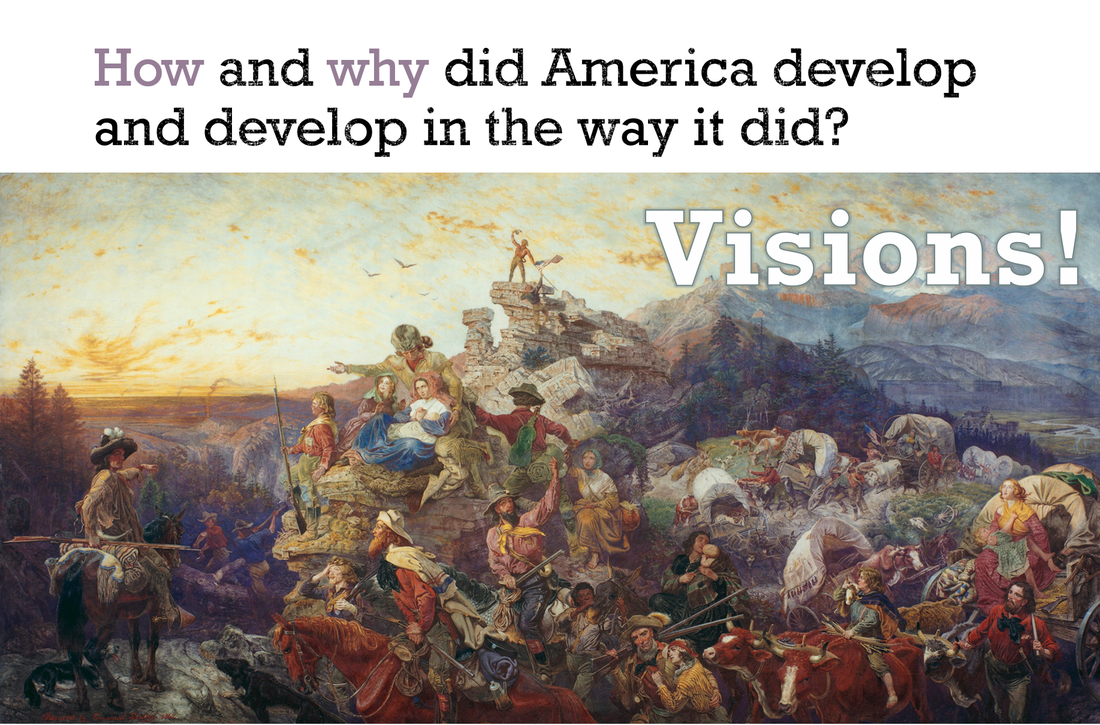
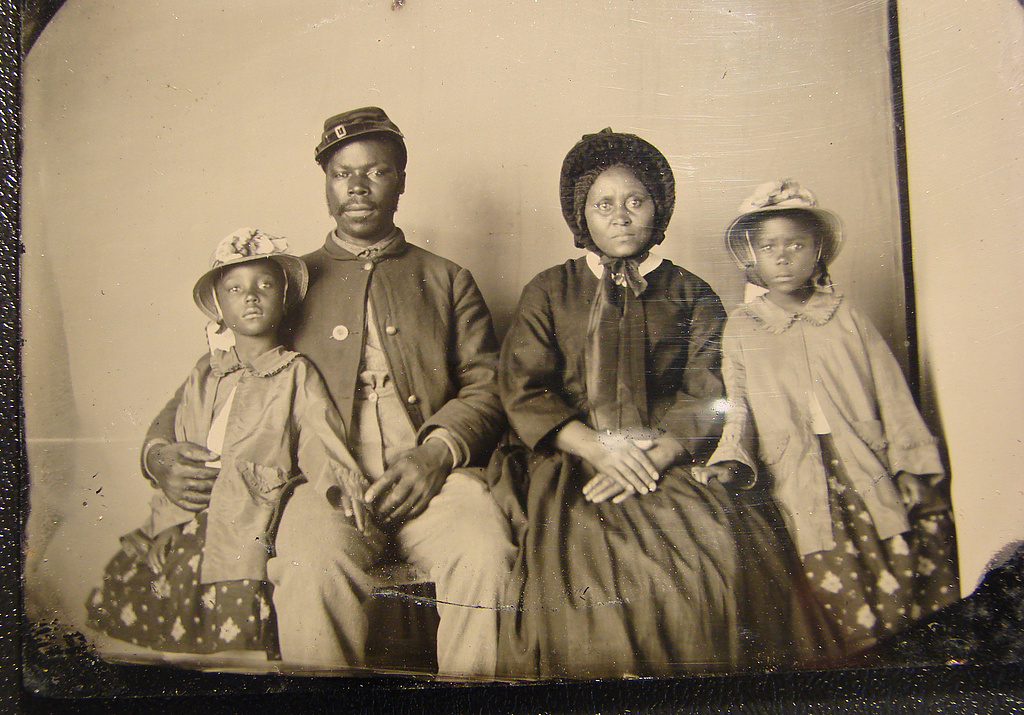
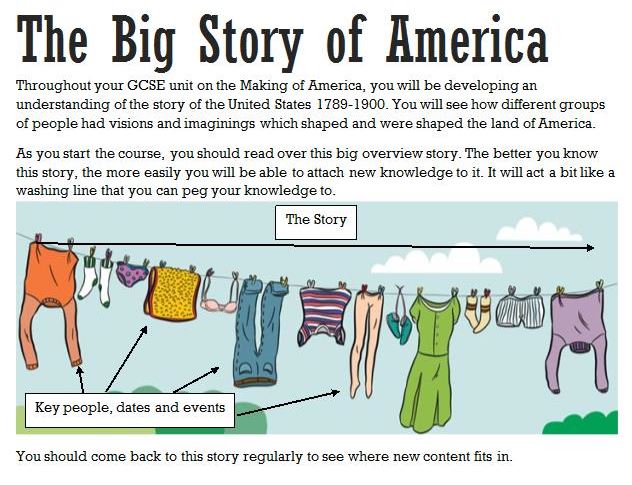
 RSS Feed
RSS Feed
